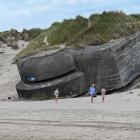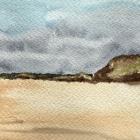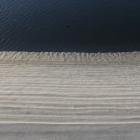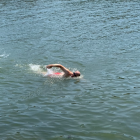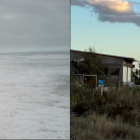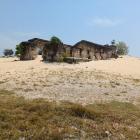Woman of the Dunes
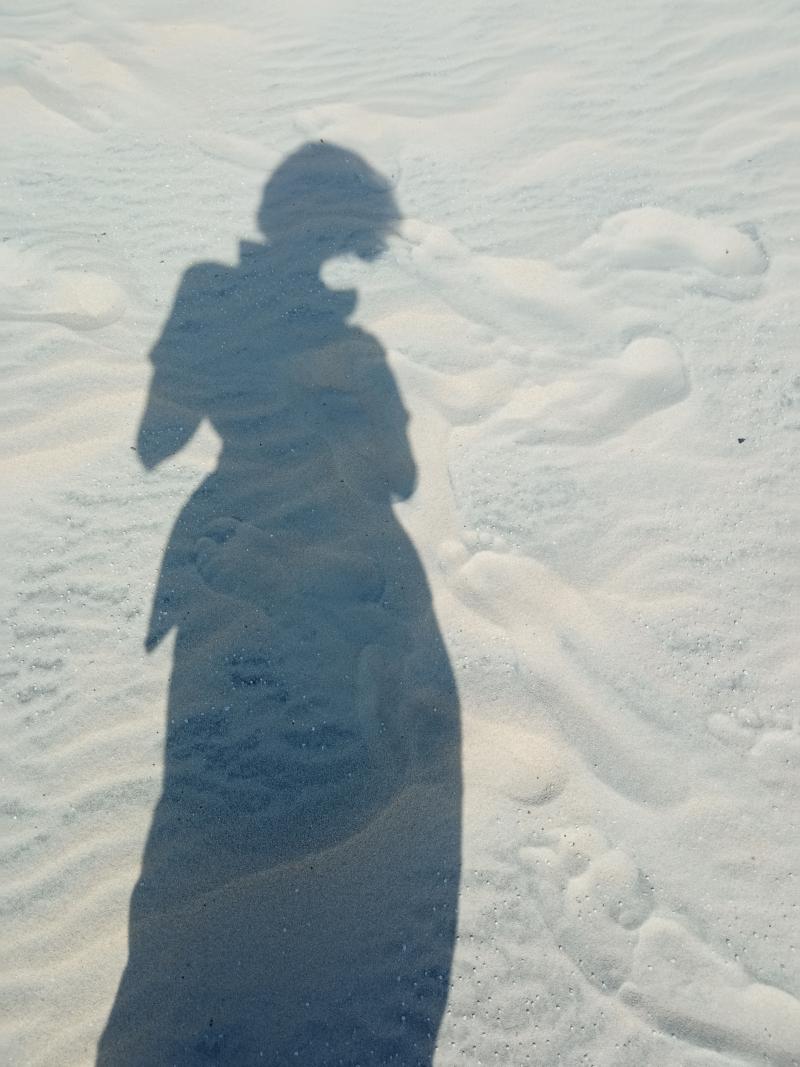
Feeling the dunes. Fieldtrip in Jericoacoara, Brazil, 2022
Feeling the dunes. Fieldtrip in Jericoacoara, Brazil, 2022
Photograph by Joana Gaspar de Freitas
 This work is licensed under a Creative Commons Attribution 4.0 International License.
This work is licensed under a Creative Commons Attribution 4.0 International License.
Twenty years have passed since I first started looking for dunes in the archives. I have not always worked specifically about them, but the sea, the sand, and the people are present in all my writings. Lately, the dunes have become my main focus as a coastal historian, to the point that some colleagues call me a “Woman of the Dunes.”
Dunes are an unlikely subject for a historian. Made of sea, sand, wind, and vegetation, dunes are usually studied by natural scientists interested in their forms and characteristics, their role in the beach system, and their flora and fauna. In the dust of a library room, however, I discovered that dunes have stories, forged over time through their relationships with humans.
These stories link actors, institutions, political and economic interests, cultural values, and animal and plant species across oceans and continents, from Europe to the Americas, southern Africa, and Oceania. The most fascinating part of this work has been learning about the many reasons why people fear or value the dunes, the uselessness or uses they attribute to sand, and the actions taken to eliminate what some consider wasteland—while others fight to preserve what they perceive as fragile, fluid ecosystems. Behind these multiple views of the dunes, I encountered the historical complexity of humanity that I as a historian had been trained to uncover.
I have spent years gathering information, talking to experts, going to beaches; to present facts, to provide explanations, and to write narratives that help to understand the world better and give it some kind of meaning. This is a difficult task because it often feels like we are nothing more than sand in the wind. But I come to believe that, if we pay attention and care, together we can be a dune. Dunes are powerful systems made of tiny individual efforts that can withstand storms.
—Joana Gaspar de Freitas
- Previous chapter
- Next chapter





